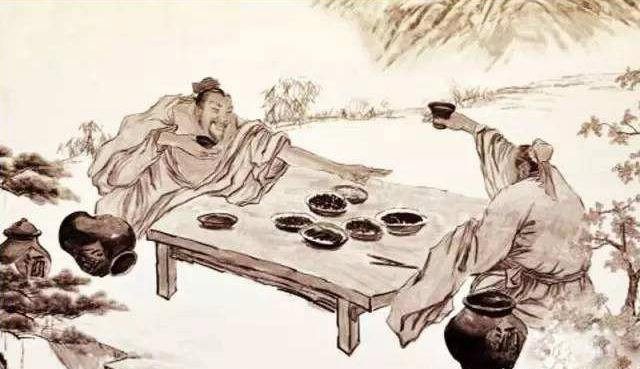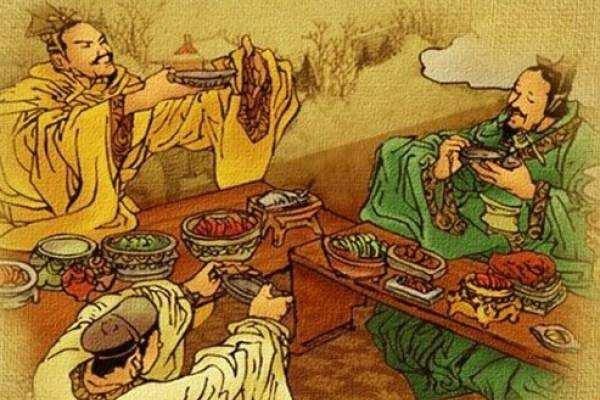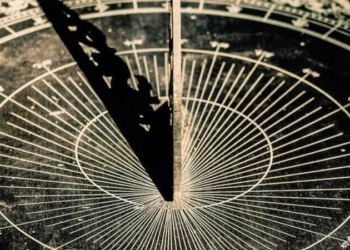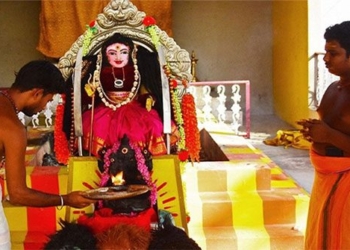A Chinese proverb states: “Avoid three dishes when dining, five chopsticks when using, and six at a banquet.” What do these taboos mean?
As a country renowned for its rituals and banquets, it is no surprise that ancient Chinese ancestors left behind many rules regarding dining. “Avoid three dishes, five chopsticks, and six at a banquet” is one such saying. What does this phrase mean?
“Avoid Three Dishes”
“Avoid three dishes” means that one should not serve three dishes when hosting guests. This can be explained by the fact that in ancient China, offerings typically consisted of three dishes, often referred to as “three lives” or three types of livestock.
Therefore, serving guests three dishes is understood as a sign of disrespect. Additionally, in traditional Chinese culture, “pairing” or “coupling” is highly valued. As such, a banquet table with an odd number of dishes is considered a mockery.
The rules regarding the number of dishes on the dining table primarily apply to festive occasions or when entertaining guests. Family meals generally do not adhere to such strict guidelines.

Ancient Chinese banquet. (Image: Internet)
“Avoid Five Chopsticks”
The invention and use of chopsticks is considered a significant event in the history of East Asian civilization. Chopsticks are not only convenient to use but also help develop brain flexibility. Chinese culture emphasizes the harmony of yin and yang, and a pair of chopsticks is seen as a representation of this duality, only achieving their full potential when used together.
One end of the chopstick is round, symbolizing the traditional East Asian belief that “heaven is round and the earth is square.”
The length of chopsticks, measured in ancient Chinese units, is seven inches and six tenths, representing the fundamental differences between humans and animals: “Seven emotions and six desires,” referring to seven feelings and six wishes.
“Avoid five chopsticks” broadly refers to a system of Chinese rituals surrounding chopsticks. The focus of these rituals is the concept of yin-yang harmony and respect for natural laws. The symmetry and completeness of chopsticks are seen as both a blessing and a sign of respect for the guests at the banquet.

The seating arrangement of six people around a table symbolizes downfall and loss. (Image: Internet).
“Avoid Six at a Banquet”
Ancient Chinese banquet tables are often round, oval, or shaped like the Bagua (eight-sided). If six people are seated at such a table, they form the shape of a turtle with a head, tail, and four legs. Meanwhile, turtles are rarely used to symbolize good fortune.
Additionally, the ancient Chinese pronunciation of the number six, “liù,” sounds similar to “lè,” which means happiness. Furthermore, the seating arrangement of six people around a table creates a phrase associated with downfall and loss. These concepts are believed to be rooted in the desire to avoid waste and make the most of the banquet space and food.





















































